It may be February, and in the deep of the winter for many places, but locally we have three trees and a shrub worthy of foraging attention.
Hard to miss currently is the Eastern Red Bud. In the greater pea family (and among the few trees in the pea family with edible parts) it’s an understory tree and a small tree used in landscaping. This time of year it is easy to find because it has small pink blossoms and no leaves. The blossoms are edible raw or cooked. They have a pea or bean taste. While the tree is easy to identify you have to look for more than pink flowers. There is an introduced ornamental tree that has large pink flowers now and no leaves. Small blossoms in this case are about an inch or less. Large is three inches or more. Also Red Buds have branches that jog slightly at every node giving the branches a knotty or zig-zag look. The most common place to find the Red Bud is in parks, on campuses, and subdivision landscaping. It’s a common understory tree but is scraggly and often hides well. Later young leaves and pea pods are edible, too. You can read more about it here.
An imported and naturalized tree that is fruiting a bit early is the Loquat. It’s a very common backyard fruit tree which has liberated itself into the landscape. Most of the Loquats locally fruit in the spring but there is a variation that fruits in the fall, not common. While I have not seen a lot of Loquats in fruit this season one tree I walk by often is past early fruiting and in the middle of its production. While it is commonly called the “Japanese Plum” it is not a plum nor is it from Japan. The fruit is edible from tart yellow to sweet yellow. The green fruit is toxic particularly to children. You can read about the Loquat here.
Also getting close to ripe enough to eat are berries of the Silverthorn. This is an imported shrub that, like the Loquat, has naturalized itself. When tended to and trained it can be a plump, medium-sized shrub. It’s often the favorite to provide a green fence between houses or subdivision and parks or golf courses or groves and roads. On our Spring to Springs bike trail it is a third-of-a mile hedge. In Ocala there is more than a mile of Silverthorns along a golf course. The Silverthorn is notable and has been mentioned in several recent newsletter because its fruit ripens locally around Valentines Day (and the fruit is bright red and speckled.) The nutritious fruit, however, tastes awful until it’s fully ripe and sweet. You should be looking for the shrub now and rummaging around the branches to find unripe fruit. You can learn more about the Silverthorn here.
On a 40-mile bike ride today I saw a few other plants worth mentioning. Red Mulberries are leafing out and at the same time starting young, green fruit. The young leaves are edible cooked. The unripe green fruit is mildly mind-altering but will upset the stomach. Try not to eat them. This seems early to me by several weeks but if we escape any cold weather this February we might have ripe Mulberries by March. Also seen along the bike trail are blossoming Blackberries. There are two kinds of Blackberries locally, those that grow canes and those that crawl along the ground. Both produce edible fruit. Also noticed along the trail are Maypops. They are not unusual, in fact very common. But until they get a foot long or so they grow upright and look like a vertical plant. But somewhere between 12 and 15 inches the plant keels over and becomes the familiar vine that can grow a hundred feet or so. And if one looks closely here and there one can also find ripe Creeping Cucumbers .
A question rose this week regarding a very common wet-ground plant, Dollarweed. From an edible point of view we tend to refer to all the Dollarweeds as one as they are all edible. But there are six or seven different species depending on how one counts. What most folks don’t know is that the Dollarweeds are in the Ginseng Family and taste similar to carrot tops. The differences are usually minor but that is the thing different species are made of. Some have hairy stems, other do not. Some have spike blossoms others raceme. Stem thickness also counts and does whether the leaves are cleffed or not or in the language of botany: “A deep basal sinus extending to the petiole.” Dollarweeds are also closely related to Gotu Kola which is also in the Ginseng family. The species are Hydrocotyle umbellata, H. bowlesioides, H. ranunculoides, H. sibthorpioides, H. bonariensis, H. verticillata and H. verticillata variation tridadiata.
Foraging Classes: Except for hurricanes foraging classes usually are held as scheduled. We’re hungry when we are cold and wet so foraging classes are held when it is wet and when it is cold. My teaching schedule is light this month because I am an instructor at two conventions, EarthSkills Florida this weekend and the Florida Herbal Conference in a couple of weeks.
Sunday, February 12th, Jervey Gantt Recreation Complex, 2390 SE 36th Ave., Ocala, FL, 34471. 9 a.m.
Sunday, February 19th, Blanchard Park, 10501 Jay Blanchard Trail, Orlando, FL 32817. 9 a.m.
To learn more about the classes, go here.
Now’s the time to make sure you have a place at the sixth Florida Herbal Conference in a couple of weeks. If you use the code GREENDEANE when you sign up you get $30 off through February 10th. To read more about the conference and to register go here. This will be my sixth year attending the festival teaching about wild edible plants. There will be many herbal teachers from around the state and nation. Featured keynote speakers are Deb Soule and Guido Mase. The conference’s numerous classes range from Clinical Herbalism to Garden Medicine. Recreational activities at the Lake Wales site include yoga, singing, drumming, and canoeing. Ms. Imani and Beautiful Chorus will provide music. A wide array of artisans and crafters will also have booths at the conference. Camping is included in registration, and indoor cabin lodging and weekend meal plans are also available. Proceeds of the conference will benefit United Plant Savers. Again, to read about and register go here.
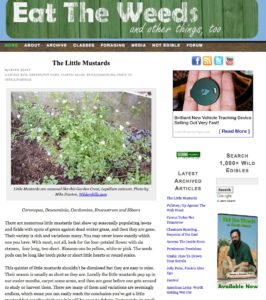 Two personal items: My website is getting old, or more specifically the plug-ins are new but the basic programing is old. There are increasing problems with getting the site to run well from the inside and outside. I’m also tired of the fence look. The site has over 1,000 plants, a forum with over 12,000 posts, photos, ad space, Paypal functions and used to have access to 145 videos. I’d like to give it a facelift, more functions and get it updated before updating becomes a supreme struggle. Constant error messages make things like writing this newsletter a long chore. One possibility is to trade out a set number of foraging lessons/classes which the web master could use or assign to an individual or group (or for sets of DVDs.) The webmaster would not have to be local but in the past distant web masters have proven to be problematic. If you have some thoughts on this contact GreenDeane@gmail.com.
Two personal items: My website is getting old, or more specifically the plug-ins are new but the basic programing is old. There are increasing problems with getting the site to run well from the inside and outside. I’m also tired of the fence look. The site has over 1,000 plants, a forum with over 12,000 posts, photos, ad space, Paypal functions and used to have access to 145 videos. I’d like to give it a facelift, more functions and get it updated before updating becomes a supreme struggle. Constant error messages make things like writing this newsletter a long chore. One possibility is to trade out a set number of foraging lessons/classes which the web master could use or assign to an individual or group (or for sets of DVDs.) The webmaster would not have to be local but in the past distant web masters have proven to be problematic. If you have some thoughts on this contact GreenDeane@gmail.com.
And I have the opportunity to move to southwest Florida, such as Tampa south to Naples. Looking for a small house, a mother-in-law place, or an apartment, out in the country is fine. I have two cats and am a reasonably good handyman and gardener. Contact GreenDeane@gmail.com.
Want to identify a plant? Looking for a foraging reference? Do you have a UFO, an Unidentified Flowering Object you want identified? On the Green Deane Forum we chat about foraging all year. And it’s not just about warm-weather plants or just North American flora. Many nations around the world share common weeds so there’s a lot to talk about. There’s also more than weeds. The reference section has information for foraging around the world. There are also articles on food preservation, and forgotten skills from making bows to fermenting food. You can join the forum by clicking on the button on the upper right hand side of this page.
All of Green Deane’s videos are available for free on You Tube. They do have ads on them so every time you watch a Green Deane video I get a quarter of one cent. Four views, one cent. Not exactly a large money-maker but it helps pays for the newsletter. If you want to see the videos without ads and some in slightly better quality you can order the DVD set. It is nine DVDs with 15 videos on each. Many people want their own copy of the videos or they have a slow service and its easier to order then to watch them on-line. They make a good gift for that forager you know. Individual DVDs can also be ordered. You can order them by clicking on the button on the top right of this page or you can go here. If that link is not working — there have been some site issues — you can use a donation link and email me your order and address.
This is Newsletter 243.
If you would like to donate to Eat The Weeds please click here.

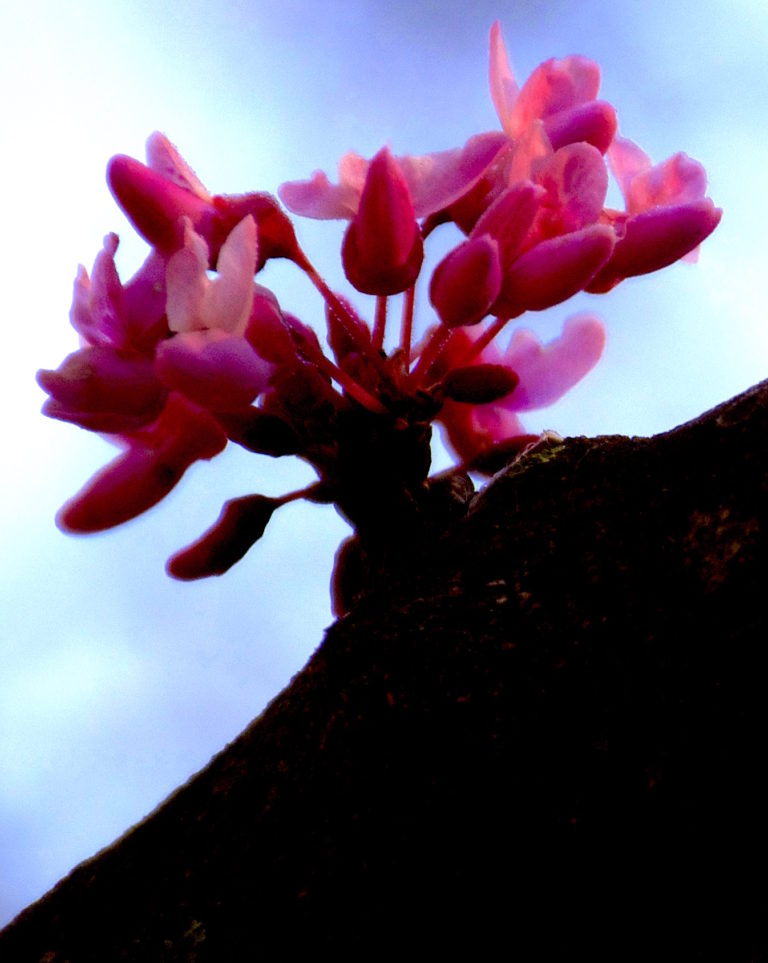
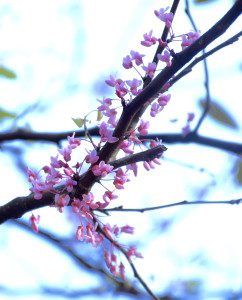
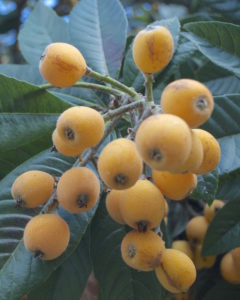
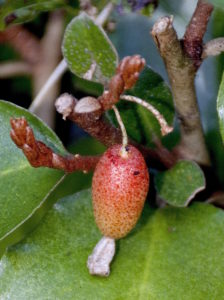
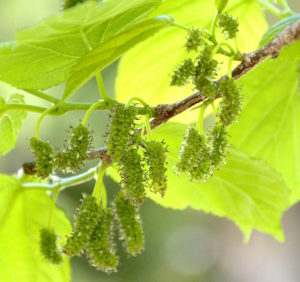
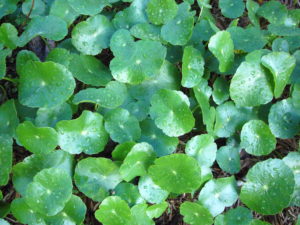
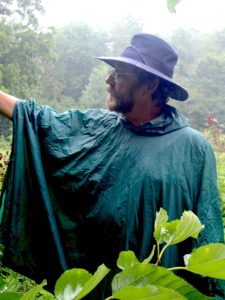
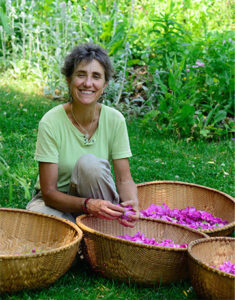
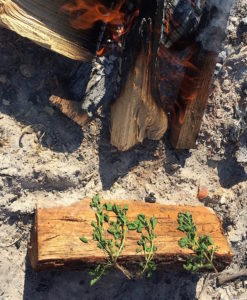


In NZ we have Hydrocotyle elongata and H. moschata. Do you know if they’re also ebible? Thanks.
I don’t know and could not find them in any of my references.